HANDS-ON: Chanel’s exceptional Boy.Friend Skeleton
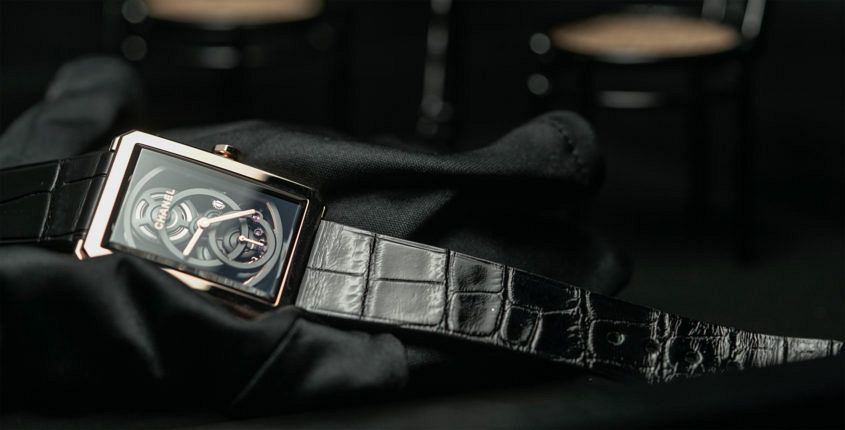 Gender-fluid. If you were born yesterday or became acquainted with pop culture only last year, you could be forgiven for thinking – based on the excitable talk among style-and-social commentators – that it’s a newly minted concept. Not so. The 1970s: boys wearing their hair longer than girls; 1966: Yves Saint Laurent’s Le Smoking … and so on, back through time. And watches: Cartier’s Tank, Rolex’s Datejust and Day-Date – those designs were always androgynous. And so to a watch that easily makes my Top 10 for the year: Chanel’s Boy.Friend Squelette or Skeleton if you prefer. Intentionally gender-neutral, it’s pitched as a women’s watch but it’s a world away from girly. And it’s equally far from butch: its Y chromosome is expressed as a very Parisian and urbane type of masculine elegance. The lines of the octagonal case – more accurately, a rectangle with its corners clipped off – is derived from Chanel’s first watch, the Premiere, but in Boy.Friend mode (which first appeared in 2015) the lines look tauter and sleeker. That’s largely thanks to its stepped bezel and svelte dimensions – the Squelette comes in at a shade under eight-and-a-half millimetres thick. Held inside that frame is a…
Gender-fluid. If you were born yesterday or became acquainted with pop culture only last year, you could be forgiven for thinking – based on the excitable talk among style-and-social commentators – that it’s a newly minted concept. Not so. The 1970s: boys wearing their hair longer than girls; 1966: Yves Saint Laurent’s Le Smoking … and so on, back through time. And watches: Cartier’s Tank, Rolex’s Datejust and Day-Date – those designs were always androgynous. And so to a watch that easily makes my Top 10 for the year: Chanel’s Boy.Friend Squelette or Skeleton if you prefer. Intentionally gender-neutral, it’s pitched as a women’s watch but it’s a world away from girly. And it’s equally far from butch: its Y chromosome is expressed as a very Parisian and urbane type of masculine elegance. The lines of the octagonal case – more accurately, a rectangle with its corners clipped off – is derived from Chanel’s first watch, the Premiere, but in Boy.Friend mode (which first appeared in 2015) the lines look tauter and sleeker. That’s largely thanks to its stepped bezel and svelte dimensions – the Squelette comes in at a shade under eight-and-a-half millimetres thick. Held inside that frame is a…
The post HANDS-ON: Chanel’s exceptional Boy.Friend Skeleton appeared first on Time and Tide Watches.
 I’m eternally fascinated by the drivers of a watch purchase. The behaviours and the catalyst/s that can precede the moment one decides they want to invest in a wristwatch. What’s most intriguing is how totally different the process can be, based on the watch. For example, this one, and my journey to it. From a personal point of view, what leads me to that most happy of hashtags — #newwatchalert — more than anything else is research. Lots of collecting images. Lots of review reading. A constant saving of Instagram pics to my phone gallery. Updating my desktop to a high-res shot that captures it just so. This progresses, indubitably, to a ‘conversation’ (an attempt at a charm offensive, perfectly timed, with wine close at hand) with my wife, some ferrying around of funds, and eventually, all bridges crossed, a deal done. The interesting thing about the way I bought the H. Moser & Cie Pioneer with midnight blue dial is that none of these things happened. Not one. I didn’t have a single picture of it anywhere! Sure, I’d heard about it, I mean there’s always a bit of excitement when precious metal-only watches by great marques get released in…
I’m eternally fascinated by the drivers of a watch purchase. The behaviours and the catalyst/s that can precede the moment one decides they want to invest in a wristwatch. What’s most intriguing is how totally different the process can be, based on the watch. For example, this one, and my journey to it. From a personal point of view, what leads me to that most happy of hashtags — #newwatchalert — more than anything else is research. Lots of collecting images. Lots of review reading. A constant saving of Instagram pics to my phone gallery. Updating my desktop to a high-res shot that captures it just so. This progresses, indubitably, to a ‘conversation’ (an attempt at a charm offensive, perfectly timed, with wine close at hand) with my wife, some ferrying around of funds, and eventually, all bridges crossed, a deal done. The interesting thing about the way I bought the H. Moser & Cie Pioneer with midnight blue dial is that none of these things happened. Not one. I didn’t have a single picture of it anywhere! Sure, I’d heard about it, I mean there’s always a bit of excitement when precious metal-only watches by great marques get released in…
 It’s easy with any brand’s new release catalogue to get swept up with the drama and complexity of the halo pieces. In the case of Glashütte Original that glory goes to the flashy green of the Sixties Panorama Date, or the bells and whistles of the Senator Cosmopolite. But sometimes you crave something simple, clean and pure. That’s where this latest take on the Senator Excellence Panorama Date comes in. If you’re not au fait with the watch, it’s one of the less complex models in the Senator family and was first introduced, with its lunar sibling, back in 2016. A well-sized 42mm by 12.2mm watch, cased here in sensible and utilitarian steel, it’s powered by the calibre 36-03, a big date-equipped take on the very impressive Calibre 36. This is one very impressive movement, a 4Hz automatic, with 100 hours of power reserve (all coming from one barrel no less), and tested to standards that meaningfully exceed COSC standards. It also looks great too, what with that double ‘G’ skeletonised rotor. But for me, this watch is all about the dial. The design of the Senator Excellence Panorama Date is quite restrained to start with, with those arrowhead hour…
It’s easy with any brand’s new release catalogue to get swept up with the drama and complexity of the halo pieces. In the case of Glashütte Original that glory goes to the flashy green of the Sixties Panorama Date, or the bells and whistles of the Senator Cosmopolite. But sometimes you crave something simple, clean and pure. That’s where this latest take on the Senator Excellence Panorama Date comes in. If you’re not au fait with the watch, it’s one of the less complex models in the Senator family and was first introduced, with its lunar sibling, back in 2016. A well-sized 42mm by 12.2mm watch, cased here in sensible and utilitarian steel, it’s powered by the calibre 36-03, a big date-equipped take on the very impressive Calibre 36. This is one very impressive movement, a 4Hz automatic, with 100 hours of power reserve (all coming from one barrel no less), and tested to standards that meaningfully exceed COSC standards. It also looks great too, what with that double ‘G’ skeletonised rotor. But for me, this watch is all about the dial. The design of the Senator Excellence Panorama Date is quite restrained to start with, with those arrowhead hour…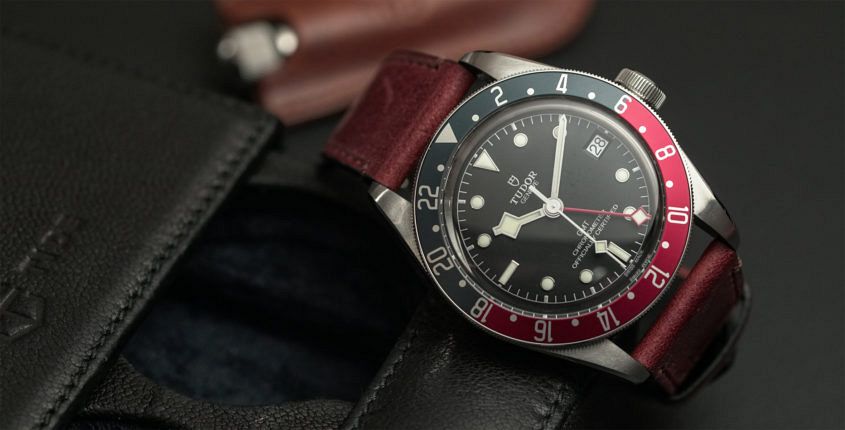 Look back at Baselworld predictions over the last few years, and you’re likely to see a GMT from Tudor topping the list. Sure, some of us may have expected to see that little extra hour-telling-hand added to the Pelagos. But with the ever growing – and hugely popular – Black Bay collection proving to be the perfect base from which to begin, particularly after the introduction of the chronograph last year, I think it’s safe to say that we were all pleasantly surprised when Tudor unveiled a bicoloured Black Bay GMT this year at Basel. The Baselworld surprises didn’t stop there either, as parent company Rolex also released a Pepsi GMT. But having said that, this Heritage Black Bay is its own watch, with its own look and feel. Vital statistics Essentially, it’s a Black Bay. A stainless-steel 41mm case with polished sides and a satin-brushed top. The water resistance remains at 200 metres, and a black, domed dial features a mix of triangle, circle and rectangular hour markers. The differences begin at its bidirectional bezel. An even split of burgundy and blue, it’s a combination of the original colours of the first two Black Bays, except now the aluminium insert…
Look back at Baselworld predictions over the last few years, and you’re likely to see a GMT from Tudor topping the list. Sure, some of us may have expected to see that little extra hour-telling-hand added to the Pelagos. But with the ever growing – and hugely popular – Black Bay collection proving to be the perfect base from which to begin, particularly after the introduction of the chronograph last year, I think it’s safe to say that we were all pleasantly surprised when Tudor unveiled a bicoloured Black Bay GMT this year at Basel. The Baselworld surprises didn’t stop there either, as parent company Rolex also released a Pepsi GMT. But having said that, this Heritage Black Bay is its own watch, with its own look and feel. Vital statistics Essentially, it’s a Black Bay. A stainless-steel 41mm case with polished sides and a satin-brushed top. The water resistance remains at 200 metres, and a black, domed dial features a mix of triangle, circle and rectangular hour markers. The differences begin at its bidirectional bezel. An even split of burgundy and blue, it’s a combination of the original colours of the first two Black Bays, except now the aluminium insert…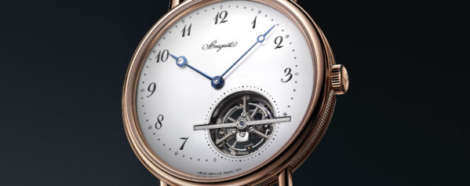
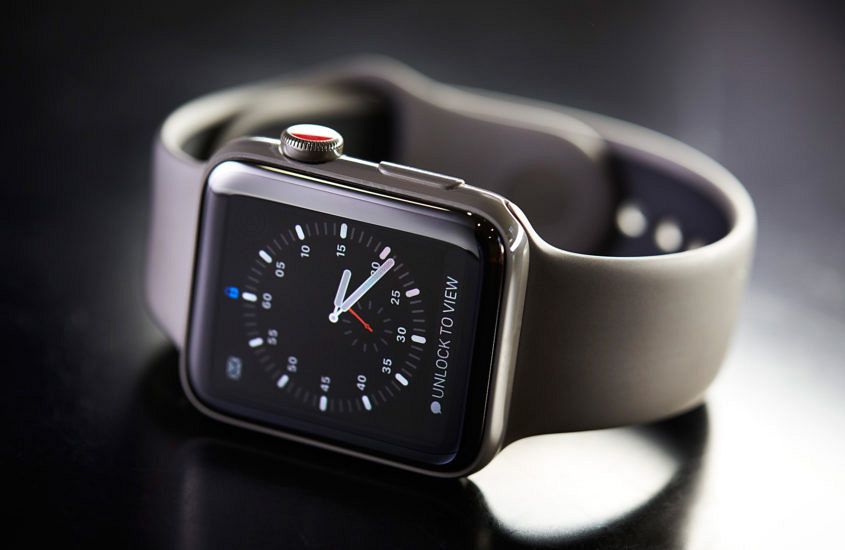 Late last year, one of the more surprising (and contentious) inclusions in my “best watches of 2017” list was the Apple Watch Series 3. For me, the addition of cellular functionality made the already formidable smart watch that much more intimidating — and appealing. So, as you can imagine, I was keen to get my hands on one for review, and just after SIHH a courier dropped one off at my desk. Fast forward to now and I’ve had the grey ceramic Apple Watch Series 3 Edition on my wrist on and off for a few months. Did it live up to the phone-free utopia that I imagined when it was released? Well, obviously watch the video to get the full rundown but, spoiler alert, it turns out I’m just not ready to go iPhone cold turkey, but you could definitely do it, and I suspect that by the time Series 4 rolls around, it will have gotten even easier.
Late last year, one of the more surprising (and contentious) inclusions in my “best watches of 2017” list was the Apple Watch Series 3. For me, the addition of cellular functionality made the already formidable smart watch that much more intimidating — and appealing. So, as you can imagine, I was keen to get my hands on one for review, and just after SIHH a courier dropped one off at my desk. Fast forward to now and I’ve had the grey ceramic Apple Watch Series 3 Edition on my wrist on and off for a few months. Did it live up to the phone-free utopia that I imagined when it was released? Well, obviously watch the video to get the full rundown but, spoiler alert, it turns out I’m just not ready to go iPhone cold turkey, but you could definitely do it, and I suspect that by the time Series 4 rolls around, it will have gotten even easier.
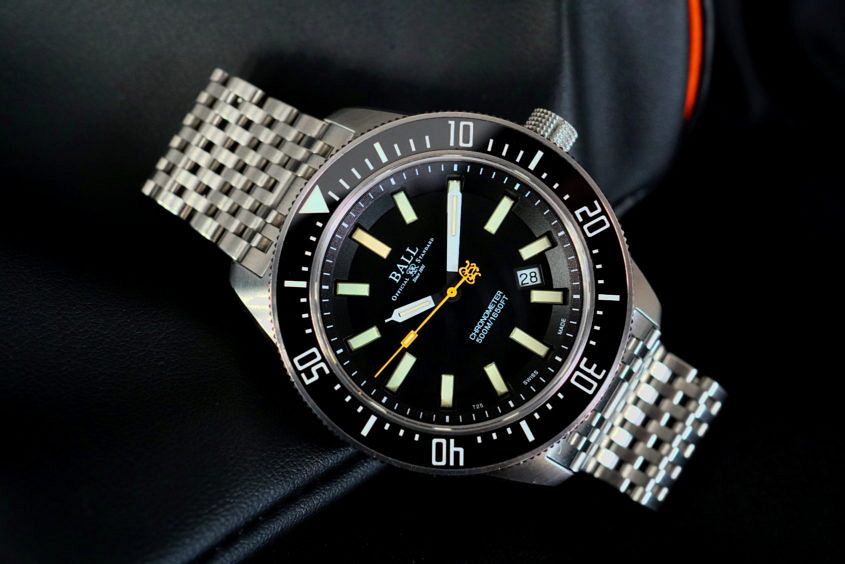 The watch industry is a well-oiled novelty-making machine. Every year it produces a sea of new releases that quickly turns the tide of attention from the old towards the latest and greatest in the world of watchmaking. Occasionally, though, it’s nice to stop and look back on the watches that we might have missed. Watches like this one: the Ball Engineer Master II Skindiver II. With a brand history that dates back to the American railroad in 1891, and more than a couple of technically nifty details, I quickly jumped at the chance to try one out in the metal. Vital statistics Released in 2015, the design of the Skindiver II is inspired by a 1962 version of the Ball Skindiver, retaining the classic look of the Skindiver case, and upsizing it to 43mm wide and 14mm thick. With the larger case comes an improved water resistance of 500 metres, as well as a helium escape valve, a shock resistance of 5000Gs, and an antimagnetic rating of 4800 A/m. However, the shining star is its multidimensional black dial and the 15 double-sized micro gas tubes that form the hour markers and glowing elements of the hands. Unlike a coating of lume,…
The watch industry is a well-oiled novelty-making machine. Every year it produces a sea of new releases that quickly turns the tide of attention from the old towards the latest and greatest in the world of watchmaking. Occasionally, though, it’s nice to stop and look back on the watches that we might have missed. Watches like this one: the Ball Engineer Master II Skindiver II. With a brand history that dates back to the American railroad in 1891, and more than a couple of technically nifty details, I quickly jumped at the chance to try one out in the metal. Vital statistics Released in 2015, the design of the Skindiver II is inspired by a 1962 version of the Ball Skindiver, retaining the classic look of the Skindiver case, and upsizing it to 43mm wide and 14mm thick. With the larger case comes an improved water resistance of 500 metres, as well as a helium escape valve, a shock resistance of 5000Gs, and an antimagnetic rating of 4800 A/m. However, the shining star is its multidimensional black dial and the 15 double-sized micro gas tubes that form the hour markers and glowing elements of the hands. Unlike a coating of lume,…